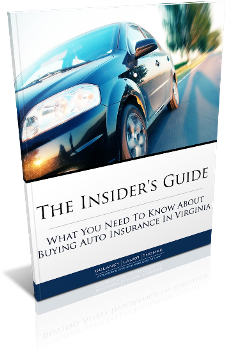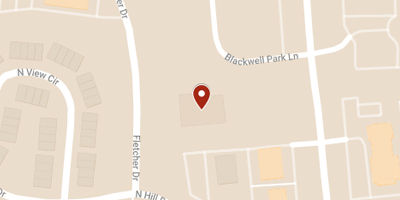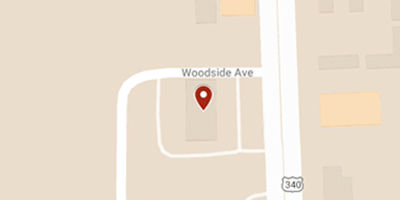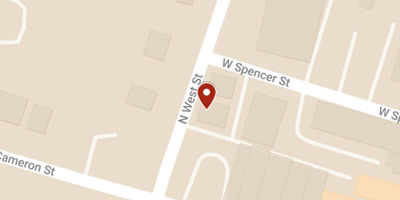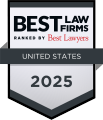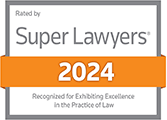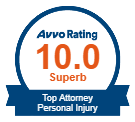.jpeg) When two vehicles collide, the forward movement of the cars involved is generally stopped by the impact of the crash. The bodies of the drivers and passengers in the vehicles, however, continue to move forward until they’re stopped by a seat belt, dashboard, windshield, or steering wheel, any of which can fracture one or more of the victim’s bones. In some cases, occupants of the car suffer broken bones when they’re thrown against each other or ejected from the vehicle.
When two vehicles collide, the forward movement of the cars involved is generally stopped by the impact of the crash. The bodies of the drivers and passengers in the vehicles, however, continue to move forward until they’re stopped by a seat belt, dashboard, windshield, or steering wheel, any of which can fracture one or more of the victim’s bones. In some cases, occupants of the car suffer broken bones when they’re thrown against each other or ejected from the vehicle.
Common Car Crash Bone Fractures
Bones that are commonly broken in auto accidents include:
Clavicle
The clavicle or collar bone, which does not harden completely until the age of 20, is the one most likely to be fractured in a vehicle accident involving children or teenagers.
Leg
The fibula, tibia, and femur are bones in the leg. They’re commonly broken in car wrecks when occupants’ legs and knees are jammed under or against the dashboard.
Feet and Ankles
The bones of the ankles and feet are sometimes pinned and broken or crushed under a collapsing dashboard in a T-bone or head-on wreck.
Ribs
A shoulder harness seat belt can actually fracture ribs in a high-impact car crash. Occupants not wearing seatbelts can crack ribs against the steering wheel or dashboard.
Hip or Pelvis
Older motorists in car crashes can suffer hip or pelvis fractures from the tension of a seat belt.
Hand, Arm, or Wrist
The radius, ulna, or humerus can be broken when a driver braces with hands on the steering wheel.
Skull
Skull fractures occur when an occupant hits their head on a windshield or other hard surface inside the vehicle.
Sternum
The sternum can be fractured if the driver’s chest hits the steering wheel in a head-on crash.
Neck
The bones of the neck and upper spine might be fractured by extreme whiplash in a rear-end or head-on accident.
Spine
If the vertebrae are cracked in a rear-end accident or another type of crash, the result could be spinal cord damage and possible paralysis.
Types of Bone Fractures
The speed of the vehicles involved in the crash, the design of your car’s interior, the point of impact, and the presence or absence of seatbelts all determine which of the following types of bone fractures you might suffer:
Simple or Closed
The most common fracture is a simple one under the skin, characterized by pain and swelling.
Open or Compound
This is a very serious fracture in which the broken end of a bone pierces the skin and creates a high risk of infection.
Hairline
A hairline fracture is a small crack in the bone, normally visible only in an X-ray.
Segmental
A bone is broken in two places, leaving the segment of bone between the breaks unattached.
Transverse
A bone breaks into two pieces at a right angle
Oblique
Internal grinding of one bone against another causes a diagonal fracture.
Avulsion
Tendons and ligaments are torn away from the bone.
Comminuted
The impact of the crash shatters a bone into pieces.
Greenstick or Buckle
A bone is strained and bent but not broken. This type of fracture is common among children whose bones are not completely hardened.
Stress
In a stress fracture, one side of the bone is cracked while the other side is only bent.
Impacted
Bones are broken when internally jammed together in a crash.
Spiral
Hard twisting causes a spiral-shaped crack to surround the bone.
Symptoms and Treatment of Bone Fractures
Symptoms of broken bones include:
- Pain and swelling or bruising
- Numbness or tingling
- A body part that looks deformed
- A broken bone that pierces the skin.
A doctor can often diagnose a fractured bone by its external symptoms, but an X-ray is usually necessary to show the details of the break and its exact location. A CT scan or MRI allows the doctor to see the break clearly and determine the best treatment plan for setting the bone so it can fuse back into one piece.
Boot or Cast
After the bone is set, an orthopedic boot or a plaster or fiberglass cast holds it in place until it heals.
Traction
A system of weights, pulleys, and ropes pulls the bones into the right position and holds them there as they heal.
External Fixation Surgery
Metal pins are inserted in the bone and fastened to an external bar that keeps the bone stable until it heals.
Open Reduction or Internal Fixation Surgery
A bone shattered or broken in multiple places is reconstructed and stabilized by screws and rods.
Recovery Time
It can take weeks or months of minimal movement for a serious bone break to heal. Recovery time depends on the severity of the break and the age and health of the victim. Physical therapy can help restore strength and flexibility to surrounding muscles, where atrophy during recovery is common.
What to Do After an Accident Resulting in Broken Bones
If you’ve sustained broken bones in a car crash caused by someone else, you could be entitled to file a claim with the at-fault driver’s insurance company for your medical bills, property damage, lost income, and pain and suffering. The insurer, however, might dispute or deny your claim if it’s an expensive one. If you don’t get a fair settlement offer through the insurance claim process, you may file a personal injury lawsuit in civil court. You can increase your chance of getting a reasonable award by taking certain steps at the scene of your accident if you’re physically able to do so.
You should first move to a safe area and call 911 to report your accident. Take photos of the vehicles involved and the scene. Exchange insurance information with the other driver and try to get contact information from any witnesses. When the police arrive to make an official report, answer their questions honestly with basic information only. Don’t apologize or admit fault for anything to anybody. Avoid communicating with insurance adjusters until you speak to an attorney. If you’re not transported to a hospital, seek medical attention on your own as soon as possible. Then notify your own auto insurer and consult a car accident lawyer right away.
Have You Sustained Broken Bone Injuries in a Virginia Car Accident?
An experienced car accident attorney can help you seek fair compensation for damages while you focus on your recovery. Contact us online or call us at 540-341-0007 to schedule your free consultation. You pay no attorney fees until we win your case.

